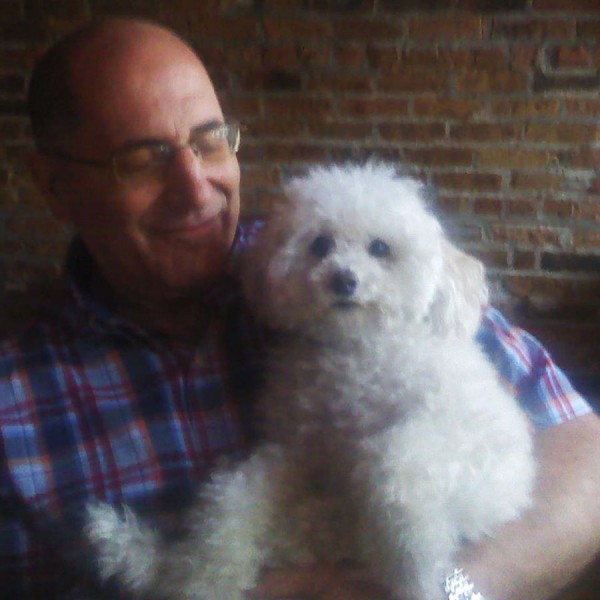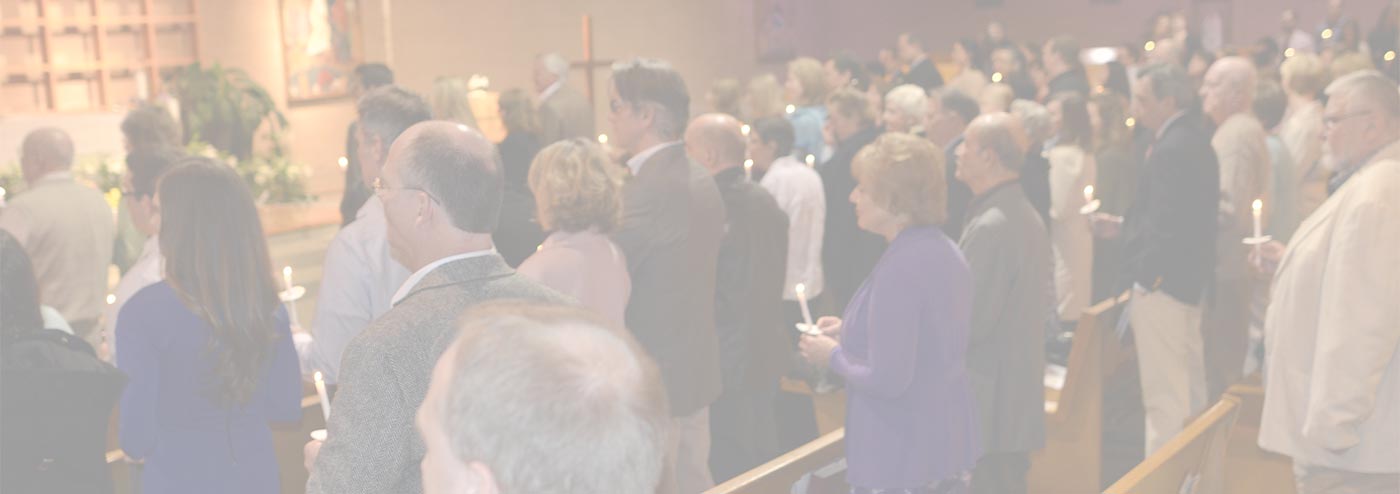
On Tragedy and the Power of a True Faith Community
by Dennis Kamalick
January 2015
I was sitting in a bar, The Gallery on MacClean and Oakley, a block north of Armitage. It was open-microphone night. Bands and solo acts gathered to rehearse and perform for free. The beer was cheap and the free-will offering for the pot luck buffet was normal, like it used to be in this bar. Like it used to be in a lot of bars, neighborhood gathering places where folks brought what they had in talent and nourishment and shared it with others. And while the entertainment ensued, comparisons were drawn, ideas flowed, and mine reflected the community of musicians. One soloist engaged the packed house in a sing-along a capella version of “Jingle Bell Rock”, depending on the talent in the audience to insert various harmonic variations to her melody, which of course we did.
And as I thought of community, of bringing and communicating, encountering, challenging, growing, feeding off the ideas and dreams of others even as you shared yours with them, my memory drifted back to another pre-Christmas time when I learned of the fellowship of a community, whose depth I did not fully appreciate until tragedy struck.
It was Christmas Day and I had attended the “Cop Mass” held at Mercy Home, about a block east of the Academy on Jackson. My friend, Father Tom Nangle, Police Chaplain and celebrant of the liturgy that had just finished, and I remained in the refectory chatting over coffee.
Tom asked what sensational case my unit was assigned to investigate. I was on my way in to work the three-to-eleven shift we call 3rd Watch and I mentioned that a couple of weeks earlier on our Watch the place went ballistic over a police-involved shooting in response to a possible homicide in a high rise office building somewhere downtown.
A team of investigators, specialists, supervisors and coordinators was dispatched to the scene, while I was assigned to remain at the office and take complaint calls and to relay other information from O.E.M.C. and Operations Command as needed.
I monitored the phone-in complaints and calls relating to this current shooting incident. Early December can be a time when crimes of passion and vengeance usually seem to ramp up. Incoming calls complained of police or city government and I listened and took note. Other calls concerned the case on which we had just dispatched an investigative team. The homicide victim was an attorney. His attacker was apparently a dissatisfied client who somehow breached security, entered the attorney’s office and fired at close range, fatally wounding the attorney. S.W.A.T. members closed on the scene and discharged rifle fire, killing the assailant.
I relayed this information to our members both at the scene and en route. Then one call came that I was not expecting.
It was from my church.
It was a staff member asking me to pray for a parishioner who had just been shot. As the staff member described what she heard about the incident involving a parishioner, and as that description began to fit with the broader details of what I was busy monitoring at the time it didn’t take long for me to connect the dots. A parishioner. A fellow worshipper, a brother, was the subject of a case I was working from the peripheral sideline of an incident.
Sometimes at a crime scene there is a kind of comfort zone where you can distance yourself from the pain and tragic loss of life and senseless violence and just focus on your job: gather what evidence was available, strategize further investigative measures, file reports. Suddenly I felt even more relieved to stay at my desk and take phone calls. At this crime scene, for me at least, there would be no comfort zone, no facility to distance myself from tragic loss and senseless violence. I would not have been able to function dispassionately in that environment, but would be expected to do so nonetheless. It was just as well I stayed back and listened, and noted. And waited.
Tom sat and listened, and nodded and then spoke, and memory being what it is here, I’ll have to paraphrase:
“Wow. Now let me tell you MY end of that incident. I was at the trauma center when they brought him in. And, as you might expect, I was all prepared with the ritual, with my stole and the oils, all ready to bless, heal and comfort and console and so on, right? Well now in comes a contingent from St. Teresa of Avila accompanying the victim’s stretcher. They pray in silence, then in voice, they allow the victim’s wife to have a moment alone with him as they take a step back. They together offer a final blessing, join hands, pray the Our Father… I’m telling you it was a sight to behold. And here I am standing off to the side, apparently completely unnecessary in that moment. Let me say, my friend, that parish where you now belong really has it together. They understand what ministry is and they respond with a compassion and an organized sense of purpose that is overwhelming. That’s what you call a true faith community… ”
The memory of Tom Nangle’s voice trailed off as I nodded to the bartender for another round. And I thought of the fellowship of musicians and I referred once again to the community of faith: Bringing what you have. Sharing what you need. Coming together. Making it work.
I turned on my bar stool as Seth, composer, arranger, keyboardist was saying something to me. We spoke briefly of harmonics and different tones making a beautiful body of melodic strength of expression. I said, “Orchestration is what makes the melodic structure more powerful and meaningful.” “I know.” he said, “I was thinking of it on a deeper level.” “So was I, Seth. So was I.”


